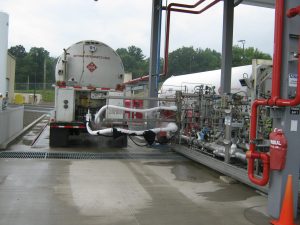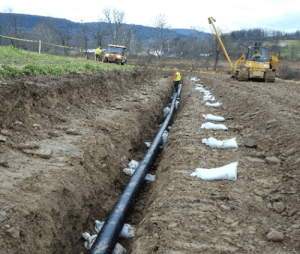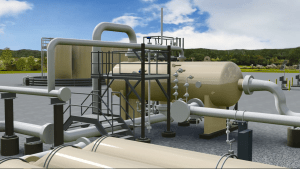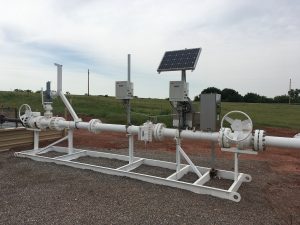Although there are many definitions and scientific interpretations, the Growing Season typically refers to the period between the date of the last frost in the spring and the first frost of autumn. This period is a critical time as regulations state that wetland delineations must be completed in the growing season, which is typically mid-April to mid-October in Northeastern Pennsylvania.
A sure sign that we are approaching the growing season is the emergence of skunk cabbage (Symplocarpus foetidus). Skunk cabbage is one of the first wetland plants to emerge in the spring and can be found growing in wetlands throughout Pennsylvania and the Mid-Atlantic region.

As we begin to approach the start of the growing season, now is the time to get your wetland delineation scheduled to prevent project delays. Regulatory guidance requires that impacts to wetlands and watercourses be avoided or minimized and that development activity affecting them will require permitting from the U.S. Army Corps of Engineers (USACE) and the Pennsylvania Department of Environmental Protection (PADEP) under Sections 401 and 404 of the Clean Water Act and Chapter 105 of the Pennsylvania Code respectively.
Similarly, the coming of spring signifies the start of seasonal survey windows for many threatened and endangered (T&E) floral and faunal species in Pennsylvania. The completion of habitat assessments and presence/absence surveys align with periods when many of these species are most active during the spring and early summer months. Specific survey timeframes are assigned by the appropriate regulatory agency that oversees the requirements for the protection of the species in question. In the case of threatened and endangered plant species, survey windows align with the timeline of the flowering period of the individual plant species. This period may only extend for a few months during the growing season.
In the event that a field survey is not conducted during the prescribed period, the project may run the risk of being delayed until the survey can be completed the following year. Also, it is important to note, that most surveys require coordination with the regulatory agency to review the project plans, determine proper permitting needs, assess potential impacts and determine proper avoidance and minimization strategies or mitigation requirements.
Should you need a wetland evaluation or seasonal field survey for T&E species of your project area or have any questions regarding the requirements for wetland delineation and permitting and/or threatened or endangered species surveys please contact Jason G. Moses, PWS at (570) 821-1999 or jmoses@borton-lawson.com.








